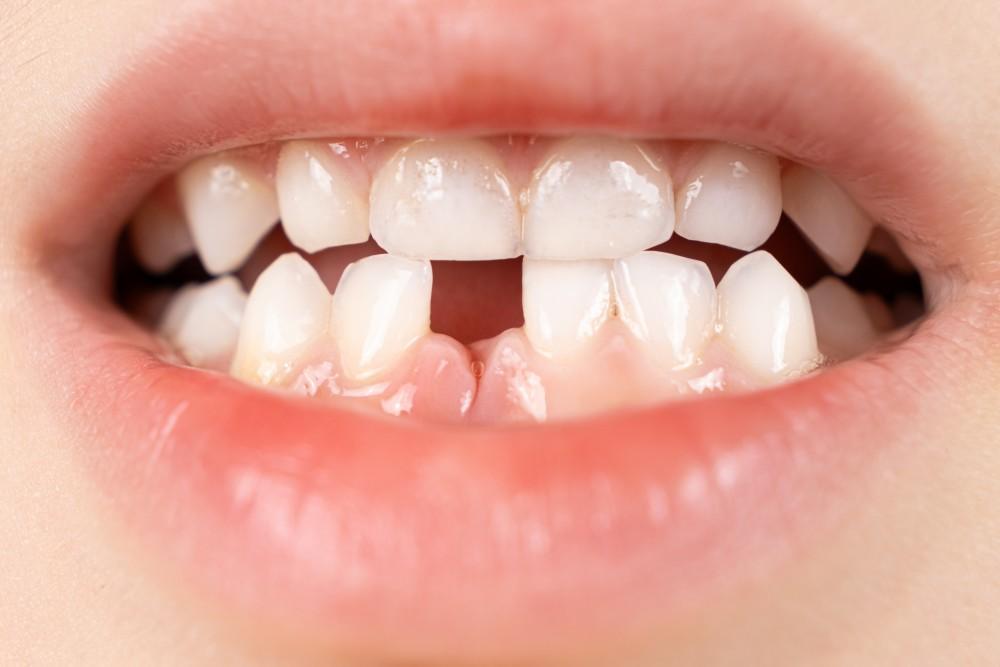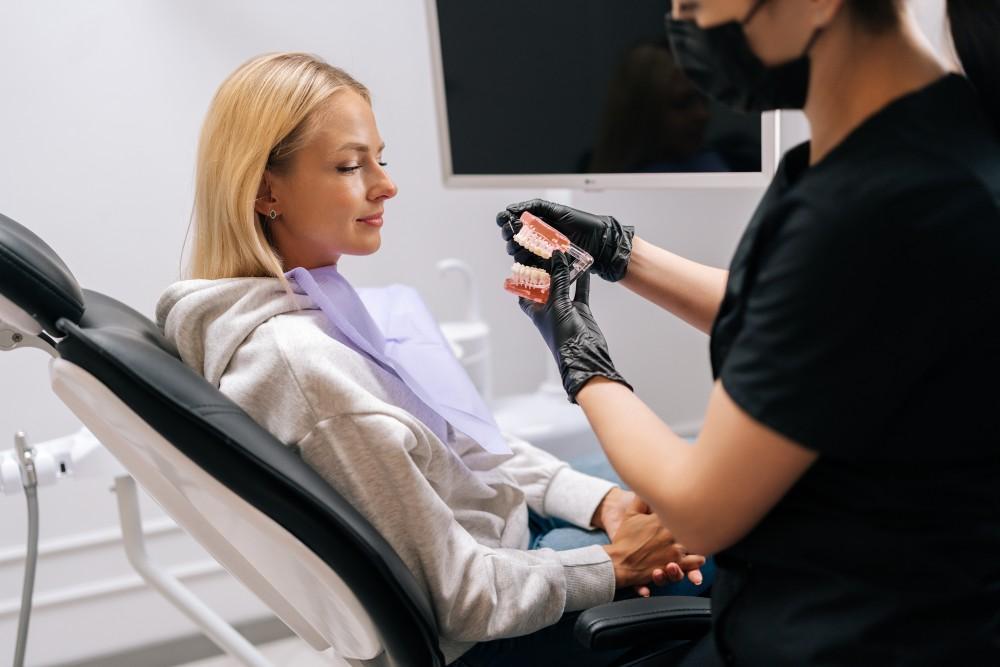While a knocked out tooth presents a serious dental emergency, it’s important to stay calm and avoid panic. Every year, over 5 million Americans experience oral trauma that leads to a problem medically called tooth avulsion.
At RR Dentistry, our team offers same-day appointments for dental emergencies, such as a knocked out or avulsed tooth. If you experience an accident or injury, act quickly and follow these steps to save your knocked out tooth.
Handle the tooth carefully
Once you notice that your tooth is knocked out, locate it immediately. Handle it by the crown, or chewing surface, and avoid touching the root(s) of the tooth. Inspect the tooth for any signs of damage, like sharp edges or shiny surfaces.
If necessary, gently rinse off any dirt or debris with cow’s milk. Milk contains vital proteins and natural antibacterial properties that are beneficial to teeth, even when they’re temporarily outside of your mouth.
Don’t use tap water to rinse the tooth, as too much can harm the fragile root tissue. Also avoid rubbing or scrubbing the tooth to clean it. The more of the root that’s intact, the more likely we’ll be able to successfully reattach the tooth.
Protect the tooth by replacing it in the socket
Try to replace the tooth back in its socket as quickly as possible after it’s knocked out. Don’t worry if it sticks out or doesn’t fit properly. You can gently bite down on gauze or a damp tea bag to hold your tooth in place while you get to our office for an emergency visit.
Don’t let the tooth dry out. If you can’t reinsert the tooth, it’s important to keep it moist. Put your knocked out tooth in a container with cow’s milk to keep it safe and hydrated on the way to our office.
You may also tuck the tooth inside your cheek or under your tongue. Don’t wrap it in a cloth or a napkin because this can damage the root.
Get emergency dental care as soon as possible
The American Association of Endodontists recommends that you see a dentist within 30 minutes of the accident or injury. However, with proper handling, it’s often still possible to reattach the tooth an hour or more after the tooth is knocked out.
If you’ve reinserted the tooth yourself, we check its position before placing a dental splint to hold the tooth in place. The same process applies when we reinsert the tooth at the office.
After applying the splints, your tooth needs time to heal. Consume soft foods like soups and smoothies to avoid having to chew, and stay away from extremely hot or cold food or drinks. Brush the area gently with a soft toothbrush after each meal to prevent infection and other complications.
In some cases, the tooth may not reattach itself successfully, or it may be too damaged to save. Dental implants, bridges, or partial dentures are options for patients with missing teeth that can’t be reinserted.
When you need emergency dental care, we’re here for you. But you don’t have to wait until an emergency happens to take control of your oral health. Call or click to make an appointment today with the experts at RR Dentistry in Georgetown, Texas.
More Blog Posts
Office Hours
MON - WED7:00 am - 3:30 pm
THU7:00 am - 1:00 pm
FRI7:00 am - 3:30 pm
SAT - SUNClosed






